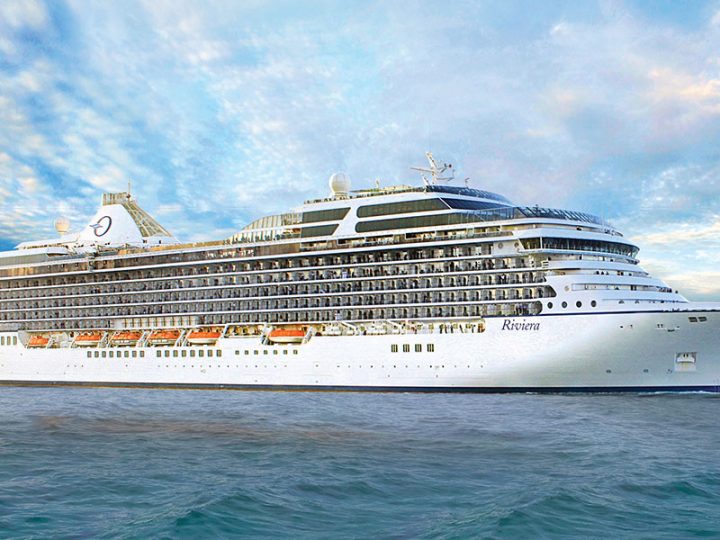According to the most recent International Air Transport Association figures, global air passenger traffic grew by 6.5% in 2015– its fastest pace since 2010. Part of this was due to the slight fall in air fares, which in turn were absorbed to some extent by the reduction in world oil prices.
Airlines reacted to robust travel demand by adding capacity as global passenger capacity increased by 5.6% in 2015, with the Middle East region increasing capacity by a massive 12.6% – much of it due to the introduction of high capacity aircraft such as the Airbus 380 and Boeing Dreamliner. In December 2015 alone, 150 new passenger aircraft entered service across the world – and that has been the trend for most months during last year.
I write this to set the scene for what has already become a major development in the aviation industry which outstrips even these positive growth figures. Over the last three years, airlines in Europe have reported a 24% year on year increase in the number of passengers requiring assistance due to a disability. On short-haul flights this equates to an average of around 2.5 such passengers per flight, and on long-haul this rises to over 8 passengers. Of course, this is also destination driven and based on the passenger mix. The increase in Passengers with Restricted Mobility (PRMs) is due to a number of factors. Firstly, disabled people have thankfully achieved a level of equality which has enabled increased employment opportunities and with it increased prosperity. Second, as stated above, the reduction in airfares together with a wider availability of flights has driven demand, not least with disabled passengers and their families. The growth in global network now means that elderly passengers are visiting family or fulfilling long-held ambitions in travel without the need for the lengthy transfers and circuitous routing that previously dissuaded them. Increased access for elderly, more affluent passengers is key, with certain routes and events seeing massive PRM demand (for example Hajj, fly/cruise, expat routes such as Australia, India and the Far East, Para-olympics, etc).
It is the exponential growth in passengers requiring special assistance, and their demand to be treated with the same level of service as ALL fellow travellers, which I believe is one of the largest social changes now and in the future for the transportation sector. To ignore this would be to throw away market growth and to burn future profits.
On the London Underground network it is now possible for a person in a wheel chair to go from the subterranean platform to street level without the need to rely upon “special assistance” from the train operator. That is to say that a transport system built in the 1800s has been able to retro-fit infrastructure, engineering and customer service solutions so enabling all travellers the same level of access no matter their physical needs. Likewise, every major city in the world now has taxis and public transport with design solutions in-built to allow easier access. It may not be perfect, and speaking with a number of support groups who represent disabled and elderly people, there is much that needs to be done still – but things are going in the right direction. Until, that is, we look at aviation!
Look again at the numbers quoted above regarding growth in this sector; demand, capacity and aircraft numbers. Imagine then the increase in terminal infrastructure needed to accommodate this year on year growth. We all look at the state of the art architecture of terminal buildings, we marvel at the gleaming aircraft that seem to roll off the production lines at a pace that might have put Henry Ford to shame in his early years, but we do not look at how we might rethink accessibility issues for a massively growing part of our customer population. Instead of integrating such passengers into the airport journey, we instead design methods and processes which if anything segregate them. My friends at the support groups keep saying “We don’t want to be treated differently, just the same as everyone else!”
Of course it is difficult to accommodate all scenarios when dealing with disabled, ill or elderly passengers but generally speaking, they get along perfectly well in the “outside world” so why do we in aviation make it such an issue? And such an expense – with one of the largest European airlines reporting a cost of handling a PRM passenger as £74 per event!
Perhaps it is because we treat PRM passengers as an afterthought? I do not mean to say that airports and airlines treat such passengers as second class or unimportant, simply that as an industry we have failed to grasp the fact that it is cheaper to design and integrate than to react and cope as we have been in the past. Certainly the introduction of massive passenger elevators (Dubai being an example) and moving walkways has enabled easier movement in the terminal, but the whole process seems fraught with delays and unnecessary intervention for PRM passengers, and spiralling costs for operators.
Even in Europe, where the EU directives state that airports have to facilitate the access of all PRM passengers from kerbside to aircraft, we see a far from smooth or cost effective process in place. Escorting staff are often allocated on a one to one basis (a nightmare for resourcing given that up to 45% of arriving PRM passengers arrive unannounced!) and therefore staff are lost to the process until their allocated passenger leaves the airport or otherwise is left to wait for another staff member to collect them from some rather uninspiring holding point – far away from cafes or shops where the passenger could be spending money and time like everyone else. Security control points are rarely designed in such a way as to allow PRM passengers to move through to departures in a smooth or sometimes even a considerate manner – and even then it affects the progress of every passenger as the queue times increase accordingly. Once airside the resources and costs continue with the need to invest in boarding bridges, at around $400,000 each, connected to terminal buildings and contact stands at many millions of dollars each, so that passengers can walk to the aircraft themselves – or be pushed by their dedicated member of staff. Otherwise there is investment in specially designed “ambilift” vehicles, and operators, to take passengers to aircraft which may not be parked on contact stands. This is further “complicated” at regional airports where boarding bridges may not even exist! All cost and all potentially avoidable. And it is cost that EVERY passenger pays for, quite rightly of course, but surely not at the levels currently seen due to a lack of process and engineering design.
I will leave you with this glimmer of hope however; in the UK a small engineering company is now manufacturing a range of equipment which will potentially change the way we board all passengers onto aircraft – on contact stands, remote parking and at regional airports. In designing an affordable replacement for the usual aircraft stairs, and which every passenger can use, this small company have made it possible for PRM passengers to board without the usual fuss that they so much want to avoid, and to reduce the resource and time spent providing this growing service. What is more, it reduces turn times (and hence delays) and the number of occasions that additional equipment has to be positioned at the aircraft – and therefore the number of potential collisions caused in doing so. 84% of all aircraft damage is, after all, caused whilst being serviced on the ground so every step towards reduced interaction has to be a bonus.
They are working with a few of us in the industry to design further engineering solutions together with a better overall customer process – and therefore a better and cheaper passenger experience for everyone – meaning lower fares and higher profits for the industry. Back in 19th century London, the underground railway engineers, albeit inadvertently, had it covered, so isn’t it time we did in a 21st century airport?




